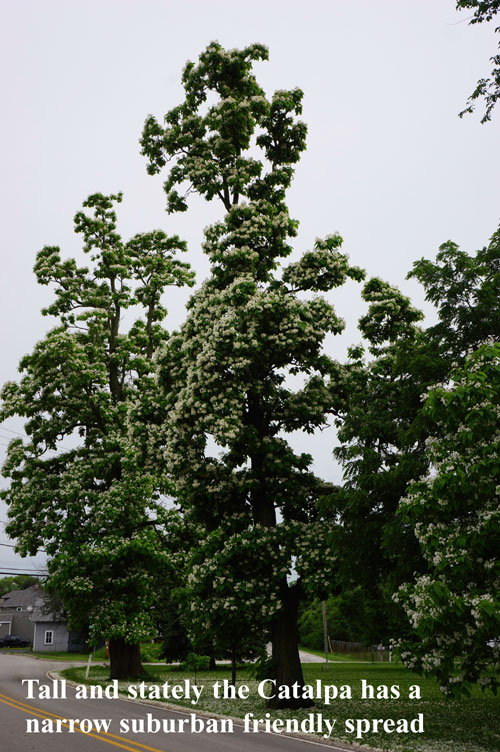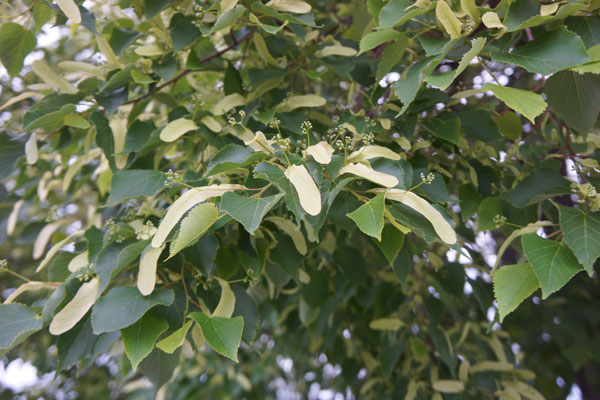-- that’s it.
Last night we stayed up past our bed time watching the fireworks display put on by thousands of fireflies just above the prairie. At the same time, we were watching a Great Barred Owl perched on our barn and hunting in our yard. Our neighbors lawns however, sported very few fireflies and no owl.
Along with the prairie roses, daisies, and prairie sunflowers the elderberry is in full flower right now. It’s flowers, seeds, stems and fruit feed literally hundreds of birds, bees, butterflies, bats and bunnies. But my favorite flower in the prairie is the milkweed and that is because it is the preferred food of Monarch butterflies. When I was a boy, both the Monarch and the Milkweed were very common but are now becoming more and more rare. Both falling victim to urbanization and neat tidy lawns. Monarch Butterfly Larvae by Gilbert A Smith
Midwest prairies are the whole reason that the United States is an agricultural power house in the world and yet only 2% of Illinois prairies are being preserved. So, if you want a particularly lively and low maintenance garden, that naturally fits into Illinois history, please consider carving out a small section of lawn and giving it over to prairie. Just 10 feet by 20 feet could provide an island haven for Milkweed and Monarchs.
This is not a big project. You can find books, tools and seeds at The Chalet Nursery in Wilmette. If you want someone else to do it you can contact PC Miller, Landscape Artist in Lake Bluff, or Native Prairie Restoration. Or, you could just stop mowing and see what springs up, that’s how we got started.
As an added benefit you can combine your prairie garden with a rain garden that will store, clean, and recapture rain run off from your house, drives, and lawn. Illinois prairie also can sequester as much carbon dioxide, acre for acre, as a tropical rainforest. So, if you can’t plant a rainforest you can reduce your carbon footprint by allowing a bit of prairie to grace your landscape. Have fun and save the world.
Recipe for Raspberry Pancakes
by SavvyJulie with a few changes by Gil and Lesley
Serves 1-2
• 1/2 cup whole wheat flour
• 1/2 cup whole wheat pastry flour
• 1/4 cup ground flax seed
• 1/4 cup granulated natural organic sugar or natural local honey
• 1 teaspoon baking powder
• 1 pinch of sea salt
• 1 1/2 teaspoon of vanilla extract
• 1 tablespoon canola or grapeseed oil
• 1 cup organic milk
• 1/2 cup walnuts
• 3/4 cups black raspberries
(may substitute red raspberries if you do not have a prairie garden yet;)
1. Chop the walnuts into a coarse meal
2. In a medium bowl, whisk together the flours, flax seed, sugar, baking powder and salt.
3. Add the vanilla, oil and milk, stirring until completely mixed together.
4. Fold in the raspberries and walnuts.
5. Preheat a greased skillet or griddle over a medium heat. When a drop of water sizzles when it is flicked onto the skillet, you are ready to make some pancakes.
6. Pour about 1/2 cup of batter onto the skillet and allow to cook for 2-3 minutes. When the edges are set, flip the pancake and cook for another minute or two until both sides of the pancake are browned. Remove to a plate to partially cool, and repeat with the rest of the batter.
7. Serve topped with syrup or preserves.
Lots of Seeds
Mother Nature's Moment
by Lesley Bruce Smith ISA Certified Arborist









